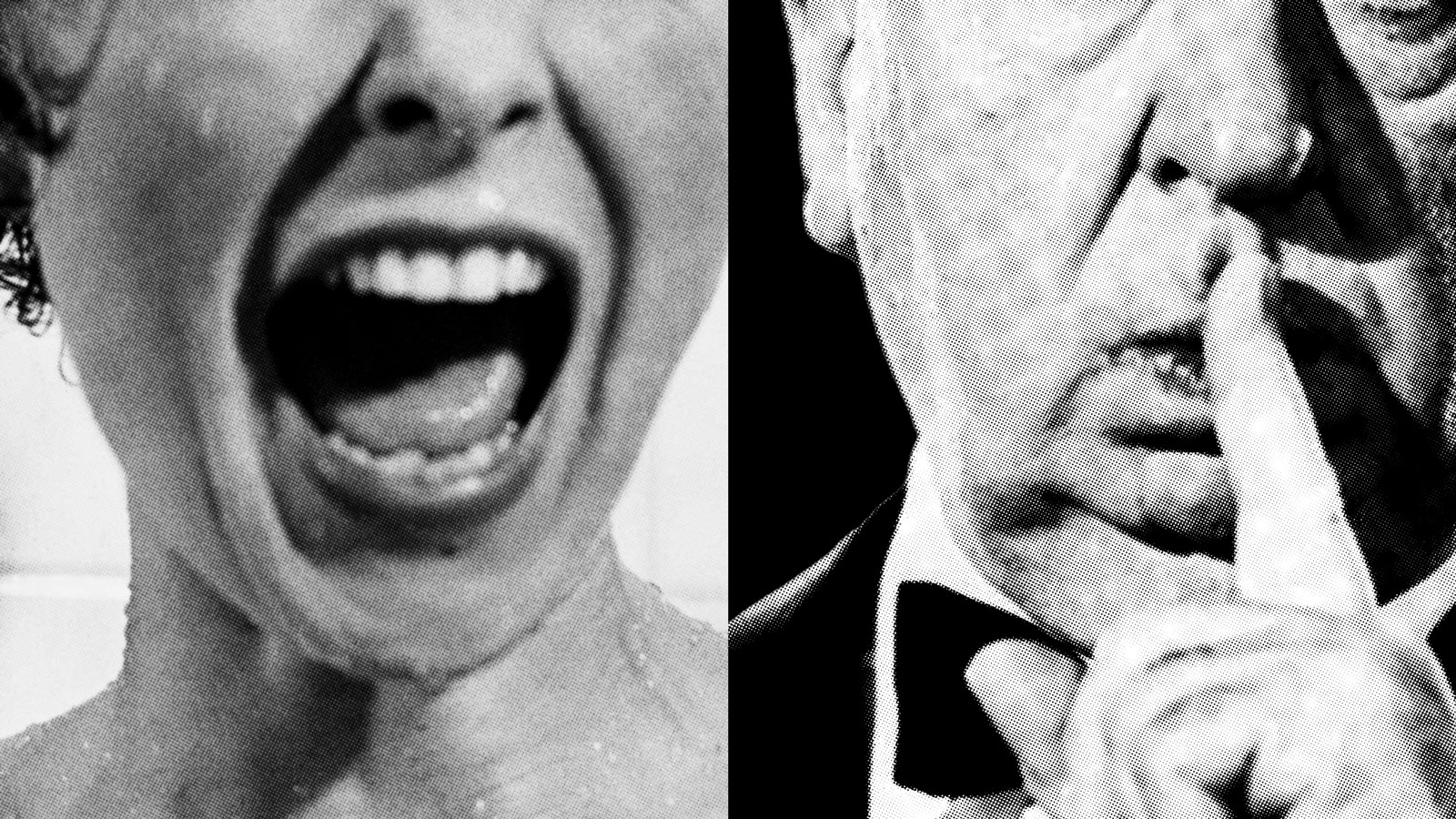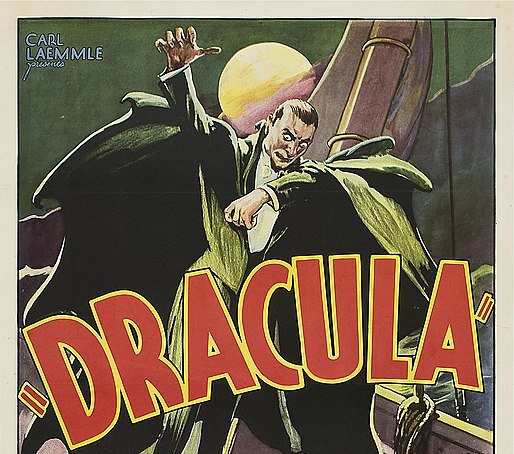Did you know Alfred Hitchcock was a formally trained engineer? Biomedical engineer Guru Madhavan could see evidence of this in Hitchcock’s movies. An engineering background can not only inform a director’s shooting decisions, but also equips him or her with the necessary modular system kind of thinking to be good at assembling a good film.
Guru Madhavan: I only very recently got into Mr. [Alfred] Hitchcock’s films and I was — I felt a special affinity to his creations and the more I learned about him, I realized that he had a background in engineering and was a formally trained engineer.
A background in engineering opens up an enormous number of possibilities. It gives you what I call a platform mindset. It is not about solving one thing, but it is about creating a network of opportunities, what we call a solution space because you’re just not after one thing, but one thing could lead to another and there’s so many spillover possibilities that could be achieved through engineering.
One of the approaches that engineers really capitalize on is what I call modular systems thinking. The ability to break down a system into its composite modules and understand those modules at the level of how they are linked to one another in logic, in function, in time and space, and so forth. And rebuilding it back together because that exercise enables you to oscillate, understand what the strong links are and what the weak links are within the system.
Alfred Hitchcock was, I think, a pioneer in understanding and applying this sort of thinking, the deconstruction and reconstruction part of it in his creations. And I think the best example for that is the movie called Rear Window with Jimmy Stewart. He really exploited the potential of montage technique where you break down things into pieces and then piece them together in different ways so that you have the ultimate goal. In this case motion picture continuity and narrative progression. So I think this montage and the modular systems thinking go very well and demonstrate how Mr. Hitchcock was able to capitalize on these foundational principles of engineering design to achieve something potentially others couldn’t.





